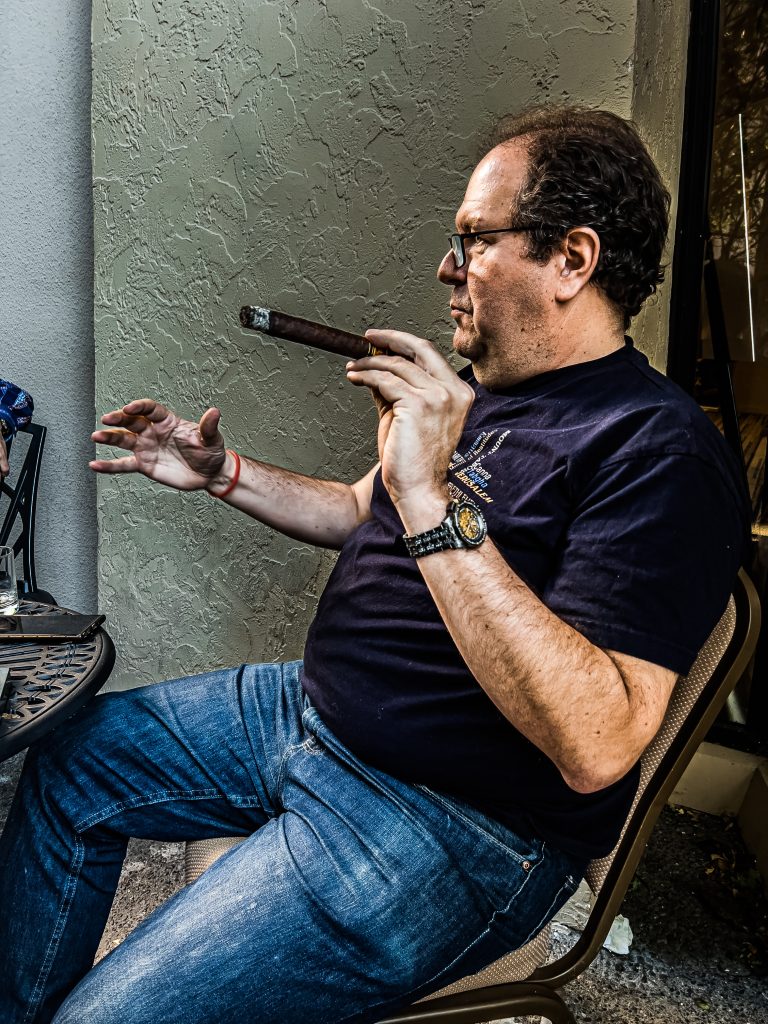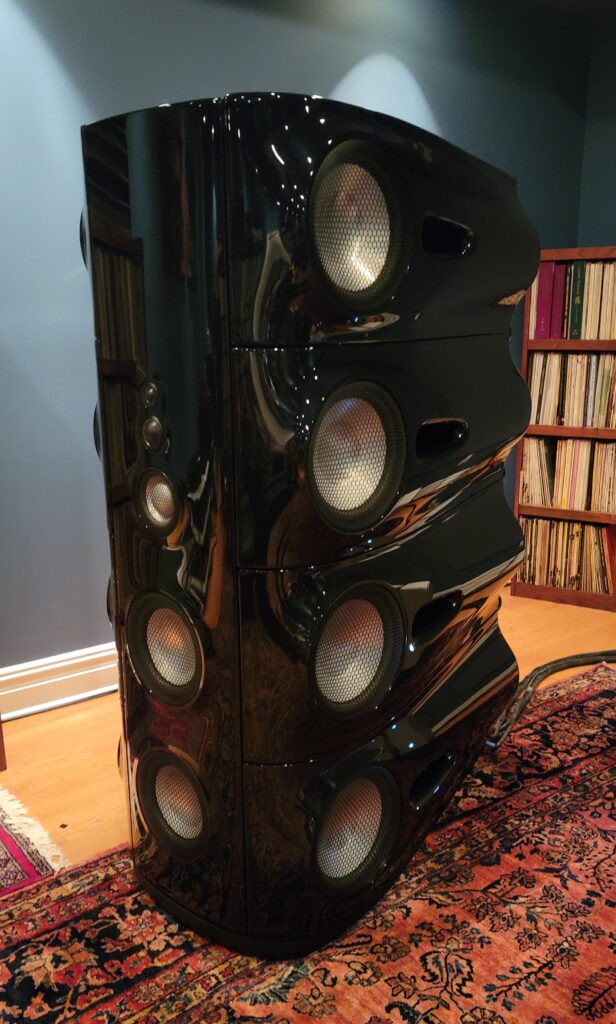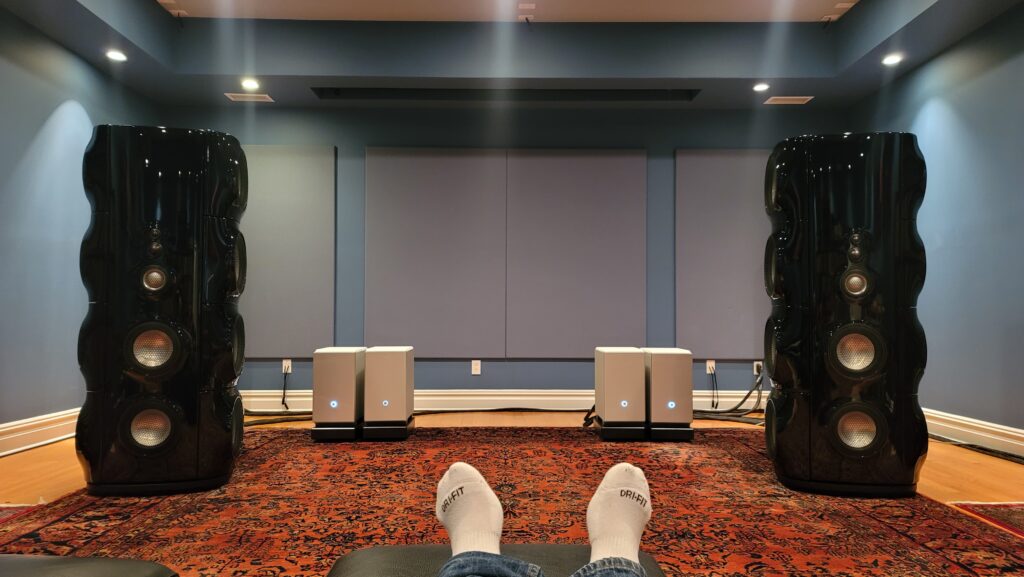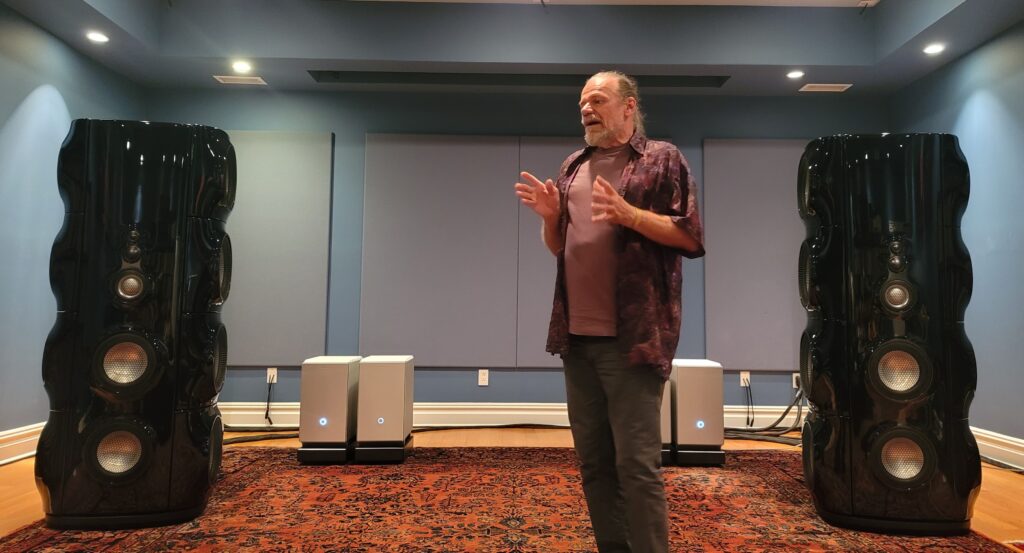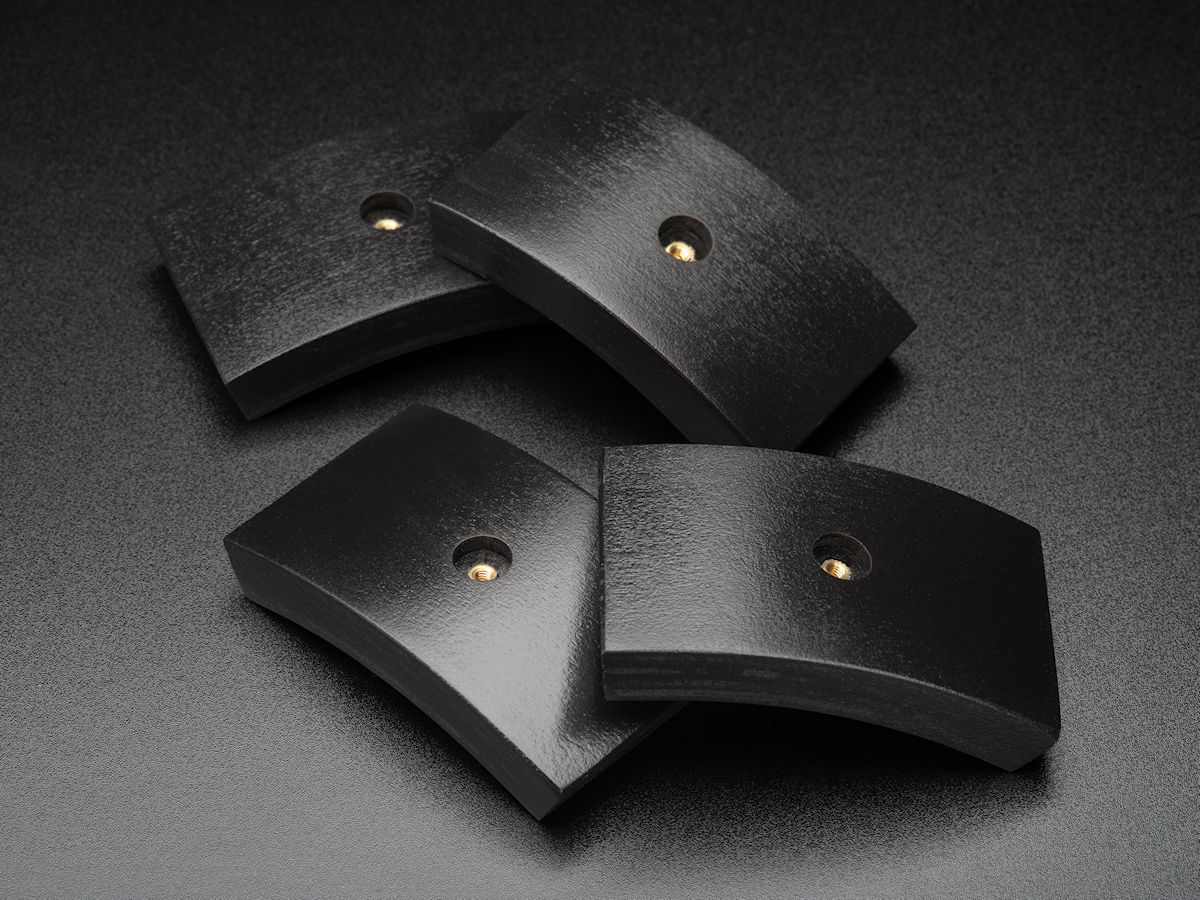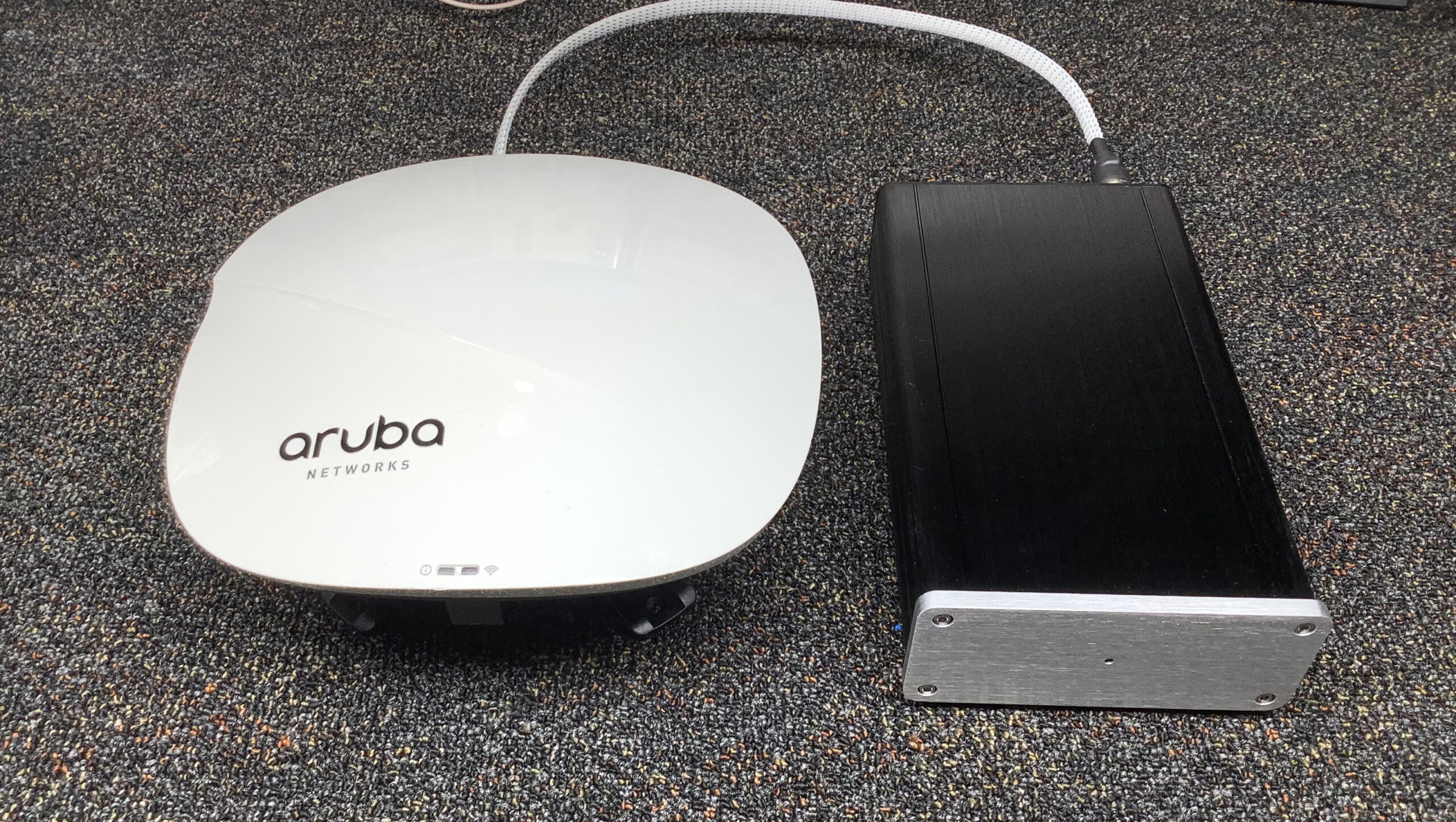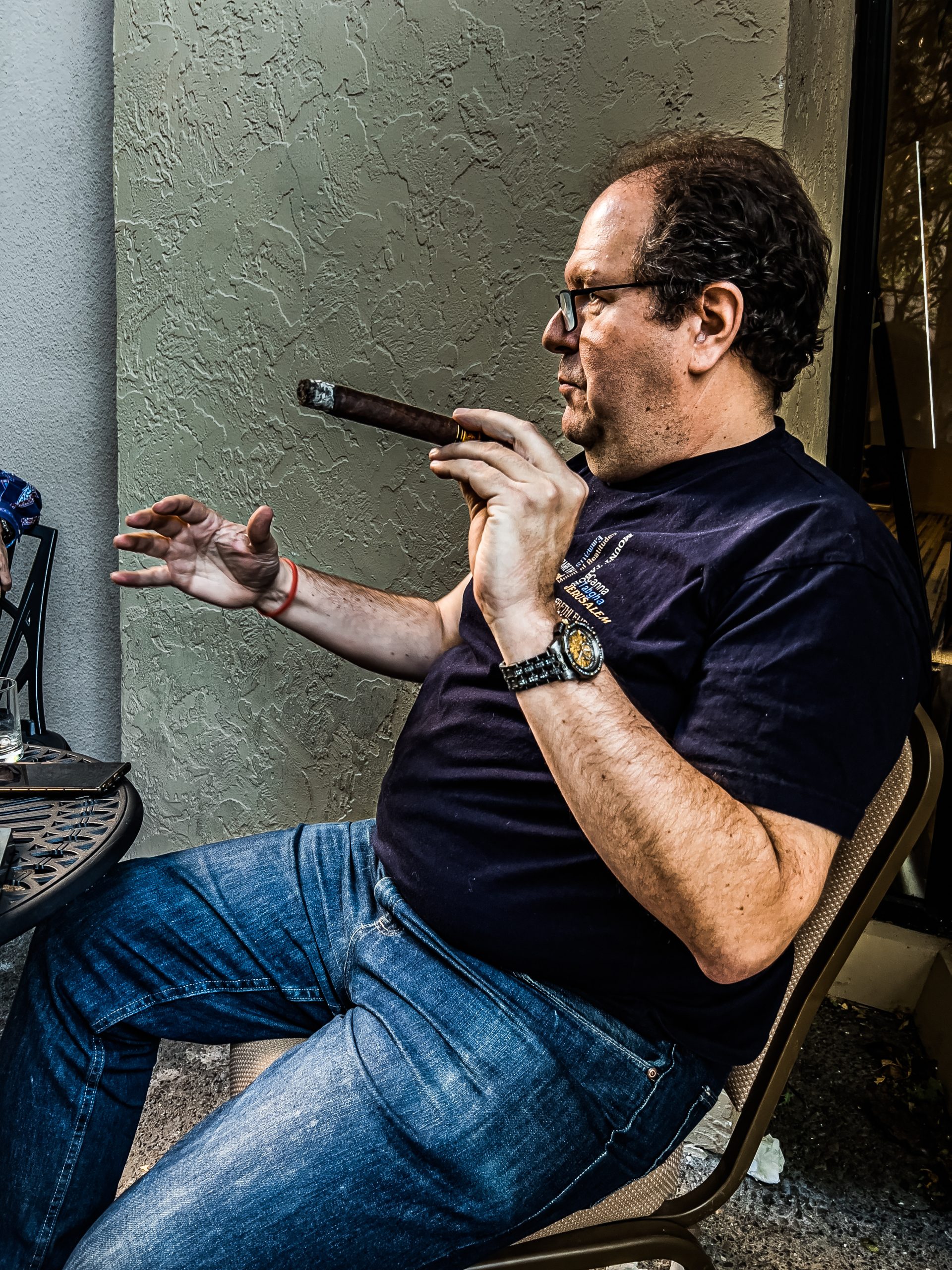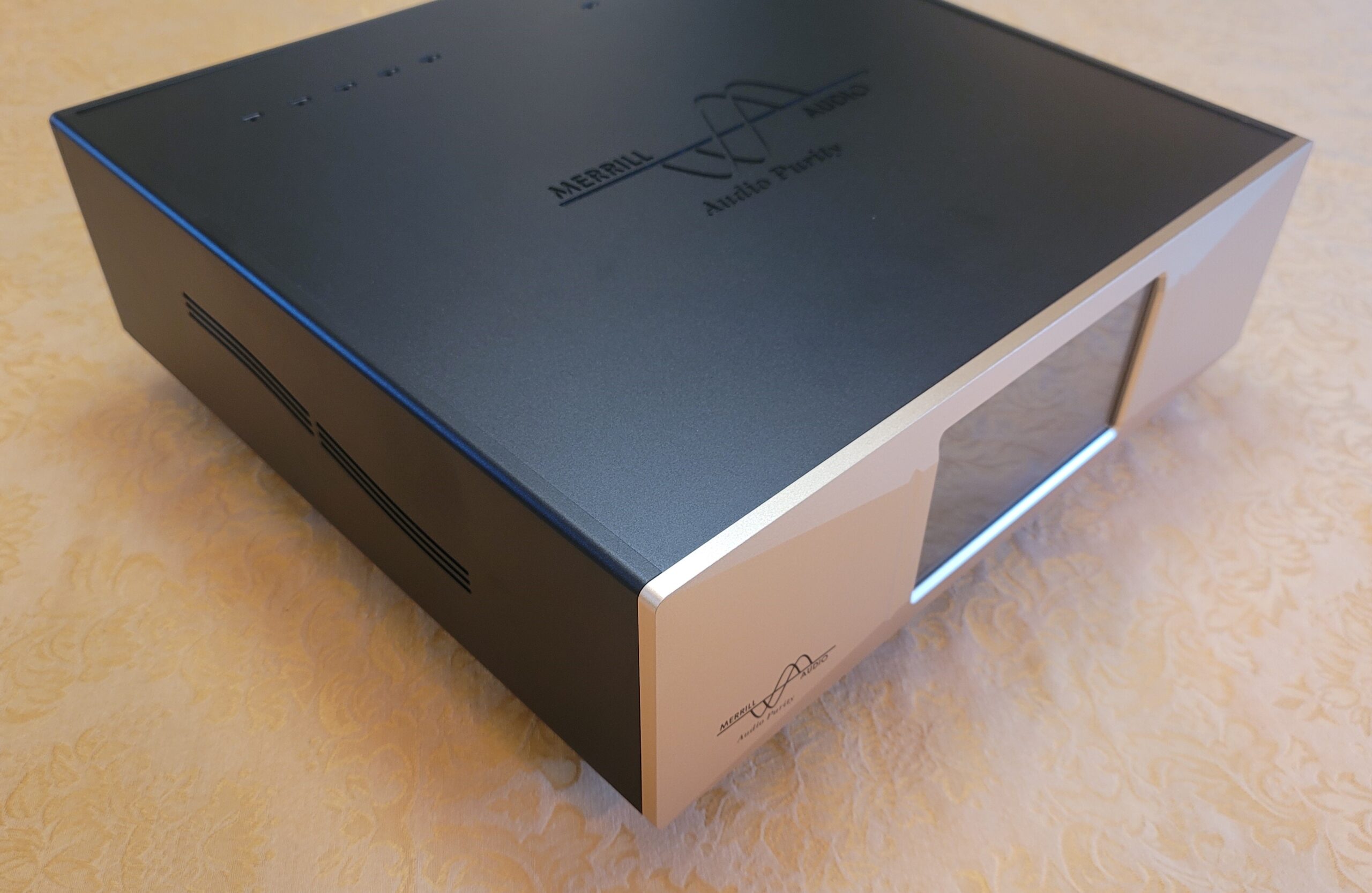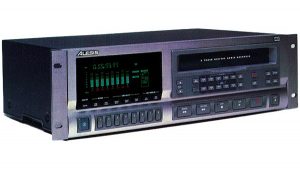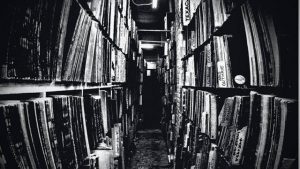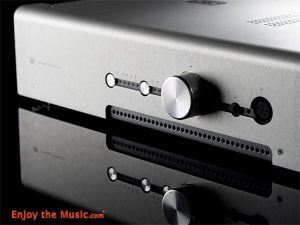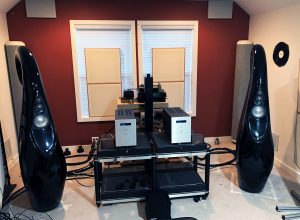Dean Waters with Cigar: a study. 2023 Pacific Audio Fest, Seatac, WA (photograph and image processing by David W. Robinson)
Throughout our lives we encounter special moments that are so transformative that we know that we will always remember exactly where we were and what we were doing the moment they occur. If you're old enough, chance are you remember exactly what was happening in your life when Neil Armstrong walked on the moon. Our lives are punctuated by these seminal moments in our existence.
I'm happy to say I had one of those moments a week ago when I got to hear the newly released Vivid Audio M1 Moya loudspeakers. This is the second time was able to experience them. The was in Munich at the High-End show some three months ago. That setting, however, was in a small(ish) room at a very large trade show. Although they did sound great in that setting, it wasn't a game changer, simply because of the limited surroundings that they had to work with.
Oh goodness did that change with this second go-round with the Moyas!
Vivid Audio Moya M1 (front-side view)
For this trip, I ventured from my home in the Pacific Northwest to New Jersey. I was initially saying to myself, "Am I crazy? All the way across the country for a set of speakers?!" Sure, I knew they were good. But could anything be that good? Well, as indicated above, they are! And then some. I spent roughly eight hours in total with them at GTT Audio's main listening room. A handful of us audio-heads were there along with the designer, Mr. Laurence Dickie, for the experience.
Where to begin…?
The speakers are named "Moya," which is the Hindi word translated as "air" or "spirit." That's an apt name. They could have named them Copperfields or Houdinis, for they simply disappeared into the listening environment. Make no mistake, the Moyas are very, very large, and a sight to behold. And yet—close your eyes and they're gone! In their place is a sense of three-dimensional realism that was completely new and effortless.
It didn't matter what the source material was. Good recordings rewarded us with a presence of music and a complete lack of the technical processes (and limitations) that got us there. We could easily identify every musician in the orchestra. The location of each player in a jazz trio. The location of the ranks in the organ. In a recording of a violin and piano duet, not only could we pinpoint where the two players were standing, but also the size of the room that they were recording in. The sound stage went beyond the width of the speakers (and in fact beyond the width of the room) because they were being recorded in a large studio. The very next recording was a Mozart piano for four hands (K. 358 if memory serves me right…). In that recording, we sound stage was narrower. The recording studio was smaller than in the previous track.
As a stage performer myself, there are sonic clues that you experience on stage that are nearly impossible to reproduce without actually being on the stage surrounded by the musicians. We get close, but there's so much more that we simply don't get in recordings, compared to live music. This is, in my opinion, the reason we still go to live performances. For the experience.
The Moyas re-create those experiences in a manner that is, frankly, beyond belief. When I was in music school (oh, so many years ago), we experienced "live" music every day, be it in the small rehearsal rooms, during lessons, in classrooms, in ensembles rooms, and in the various recital and concert halls on campus. The Moyas took me back to school. That was a first. I was transported out of the listening room in New Jersey, back into the halls of the music department at Cal State, Fullerton.
It was, putting it mildly, surreal.
Feet up, eyes closed. Pure bliss. Note the fantastic Audionet Heisenberg Mono amplifiers, two per speaker, as well as the Kubala-Sosna Realization cabling, itself a fully co-equal component in the system. Sublime!
The socks ain't bad, either....
I had a chance to sit down with the designer to talk about what I was hearing and what was the technical "magic" that allowed this to happen. We spoke at length about the design characteristics that not only go into the Moya, but also the full line of Vivid Audio speakers. Having spent considerable time over the last many months with the Vivid Kaya 90, many of these concepts and design choices were familiar to me. In particular are the catenary curved driver domes. The filled tapered tubes behind the drivers. The smooth curvature of the cabinets without hard corners (to prevent standing waves). The horizontally opposed bass drivers that are physically coupled with each opposing pair to prevent cabinet resonance.
I remember another flagship speaker that Laurence designed back in the early 1990s called the Nautilus. It was the pinnacle product of Bowers & Wilkins back then, and it still remains so to this day. In some ways, that was the genesis of would become the Vivid Audio line of speakers... now culminating in the Moya. Over the last 30 years, the designs that Laurence Dickie created have been improved, refined, and (to be honest) perfected. What we are hearing in the Moya's is a lifetime opus of work from the designer, and a company that is capable of bringing those decades of experience and work into a finished product.
With over 50 years of achievement in the industry, Dickie's work and contributions to audio are legendary. He started building speakers in the early 70s. This has been his passion ever since, having worked for both KEF and B&W, before creating Vivid Audio in partnership with Robert Trunz in 2002. It was at B&W where he built the first prototypes of what would become the Nautilus back in 1989. The principles and ideas of creating life-life, true, colorless, and resonant free speakers would become the hallmark of Vivid Audio's success, starting with the B1, K1, and C1 speakers in 2004, all the way through the current offerings of the Kiya, Giya, and the flagship Moya product range.
Vivid Audio Designer Laurence Dickie describing the magic in the Moyas
What helps the Moyas achieve such a pinnacle of sonic success are the other system components that feed into the speakers. After all, good speakers alone are only part of the story. This is where having a trusted and knowledgeable integrator like Bill Parish of GTT Audio becomes critical. This is a person who can be very selective and carefully chooses what products work best together to create an integrated complete environment where each component is used to highlight the other components. These work in concert to evoke a memorable and breathtaking experience. Bill used separates, cables, and components from Kronos, Master Fidelity, Kubala-Sosna, Audionet, and Dejitterit (a statement Ethernet switch with minimal jitter) as part of the complete system. Each of these components together are what allow the Moya's to be highlighted to their maximum potential.
The Moya's are certainly Best of Breed in all respects. While for most all of us the Moyas are totally out of reach, it's also comforting to know that transcendent sound experiences can be had for those who can afford them. This is what makes Vivid Audio such a compelling option for listeners. You can scale up and down the product stack and end up with confidence that whichever product you choose in their lineup, you'll be happy with the result for years to come.
Retail pricing for the Moya M1: USD $465,000/pair.
For more information about the Moyas as well as the other vital components used here, contact Bill Parish @ GTT Audio: [email protected]
Photographs by Dean Waters, unless otherwise noted.




